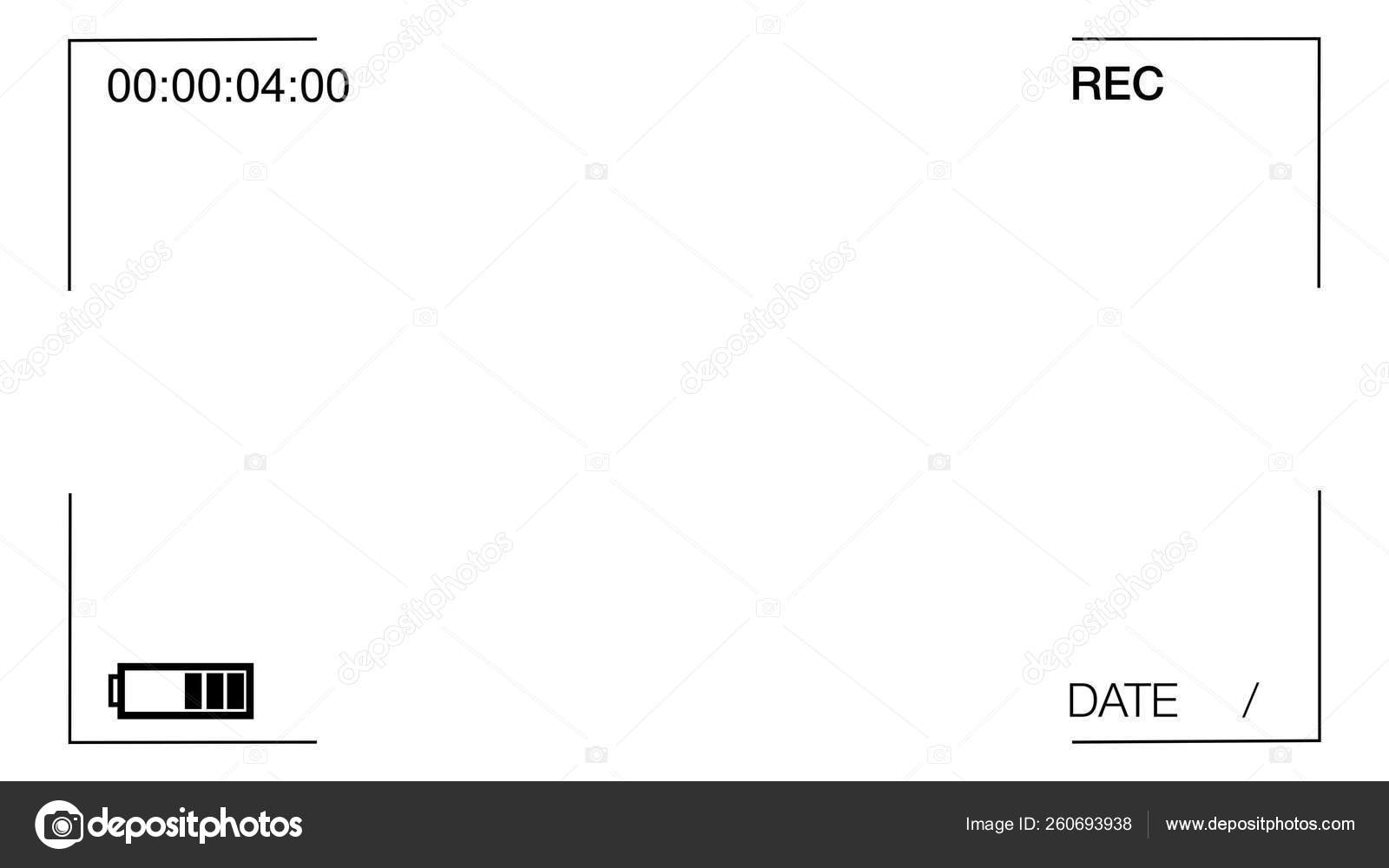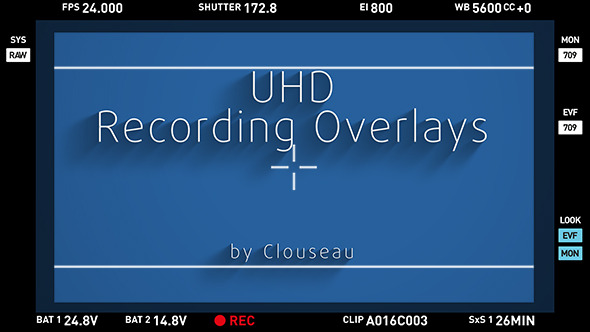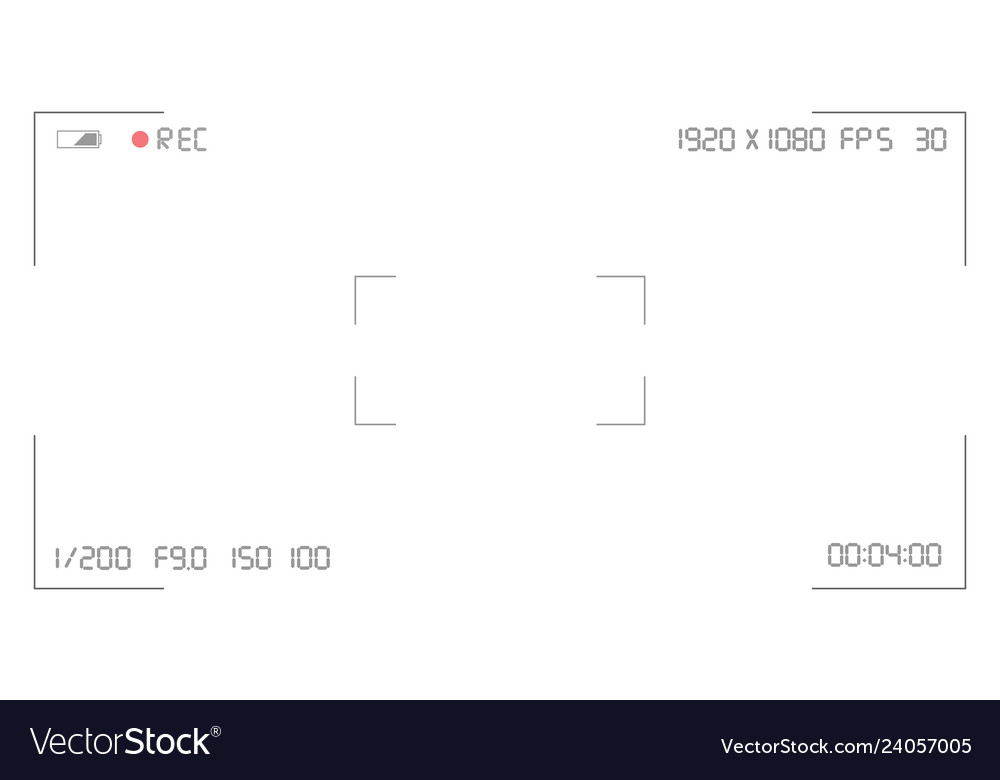
Depth bufferĪ Base Camera always clears its depth buffer at the start of each render loop. You should choose to use an unitialized color buffer only if your Camera draws to every pixel in the color buffer, and you do not wish to incur the cost of an unnecessary clear operation. On other platforms, the unitialized color buffer will contain unintialized memory.

On some platforms, the unitialized color buffer will contain data from the previous frame. Note that the contents of the uninitialized color buffer vary by platform. You can choose this behavior using the Background Type property in the Base Camera Inspector. Base Camera Color bufferĪt the start of its render loop, a Base Camera can clear its color buffer to a Skybox, clear its color buffer to a solid color, or use an uninitialized color buffer. You can also add a Camera to a Camera Stack in a script by directly manipulating the cameraStack property of the Base Camera's Universal Additional Camera Data component, like this: var cameraData = camera.GetUniversalAdditionalCameraData() Ĭ the Universal Render Pipeline (URP), Camera clearing behavior depends on the Camera's Render Type. The Overlay Camera is now rendering in both Camera Stacks.
Camera overlay plus#

Use the handles next to the names of the Overlay Cameras to reorder the list of Overlay Cameras.In the Camera Inspector, scroll to the Stack section.Select the Base Camera in the Camera Stack.For instructions, see Adding a Camera to a Camera Stack. Create a Camera Stack that contains more than one Overlay Camera.You can remove a Camera from a Camera Stack in a script by directly manipulating the cameraStack property of the Base Camera's Universal Additional Camera Data component, like this: var cameraData = camera.GetUniversalAdditionalCameraData() Ĭ(myOverla圜amera) Ĭhanging the order of Cameras in a Camera Stack The Overlay Camera remains in the Scene, but is no longer part of the Camera Stack. In the Camera Inspector, scroll to the Stack section, click the name of the Overlay Camera you want to remove, and then click the minus (-) button.Create a Camera Stack that contains at least one Overlay Camera.You can add a Camera to a Camera Stack in a script by directly manipulating the cameraStack property of the Base Camera's Universal Additional Camera Data component, like this: var cameraData = camera.GetUniversalAdditionalCameraData() Ĭ(myOverla圜amera) Unity renders the Overlay Camera's output on top of the Base Camera's output. The Overlay Camera is now part of the Base Camera's Camera Stack. In the Camera Inspector, scroll to the Stack section, click the plus (+) button, and click the name of the Overlay Camera.



 0 kommentar(er)
0 kommentar(er)
